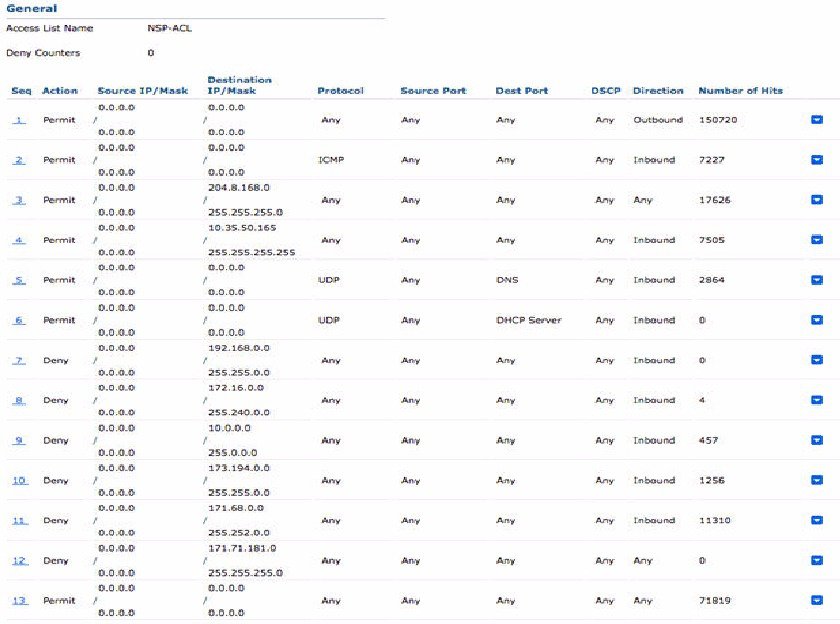Enable Your Switch to Support Standard Web Authentication
Ensure that you include the following commands in your switch configuration to enable standard web authentication functions for Cisco ISE, including provisions for URL redirection upon authentication:
ip classless
ip route 0.0.0.0 0.0.0.0 10.1.2.3
ip http server
! Must enable HTTP/HTTPS for URL-redirection on port 80/443
ip http secure-server 

 Feedback
Feedback